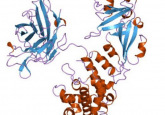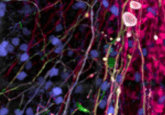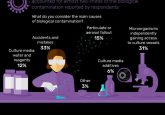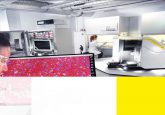3D cell culture
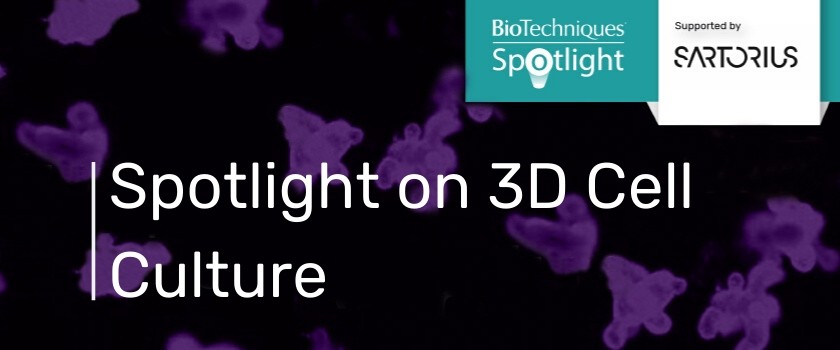 How are scientists around the world utilizing 3D cell cultures, what challenges do they face and what is on the horizon for 3D cultures in terms of development, technology, applications and ethics?
How are scientists around the world utilizing 3D cell cultures, what challenges do they face and what is on the horizon for 3D cultures in terms of development, technology, applications and ethics?
3D cell culture represents a dramatic step forward in both the study of tissues and diseases, but also in the fields of drug discovery and analysis. The development from 2D cultures and the ability to manipulate the extracellular matrix to make 3D cell culture models more physiologically relevant provides the next level of specificity and control, allowing researchers to drive forward tissue engineering techniques, study disease progression and conduct drug screening and analysis studies.
2D cell culture is generally insufficient at reflecting the in vivo behavior of an organ, and it can be difficult to translate research conducted in 2D cultures to the bedside. As a result, animal models are often used; however, differences remain, and thus efforts to translate research to humans can still fail. 3D cell culture techniques such as spheroids and organoids are increasingly becoming the norm.
To date, various 3D models have been used to replicate organs such as the brain, kidney, lung, intestine, stomach and liver, and some have been linked up using ‘organ-on-chip’ technology.
3D models are increasingly being used by researchers to understand cell development, interactions and processes. One area in which 3D cell culture models excel is in disease modeling and drug discovery as they allow researchers to investigate causes of a disease, discover new drugs, test drug sensitivity and identify appropriate, patient-specific treatments. However, challenges still remain, for instance in high throughput screening and 3D cell culturing techniques and in maintaining cell viability and we continue to work towards replicable, biologically accurate organ models.
In this spotlight, we will bring you the latest news, views, and opinions in the development of 3dcell culture models and their applications in drug discovery.
Check out the three key pieces of content:


